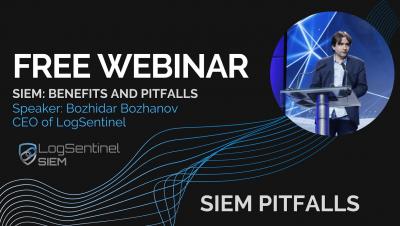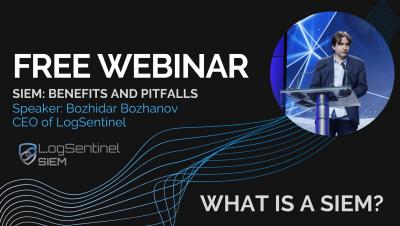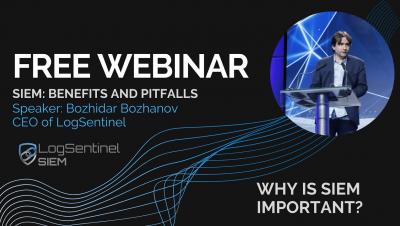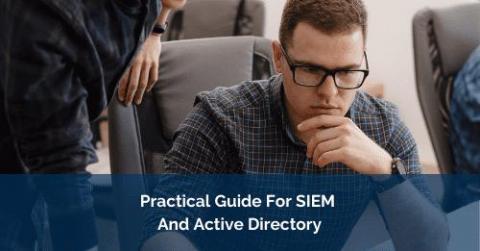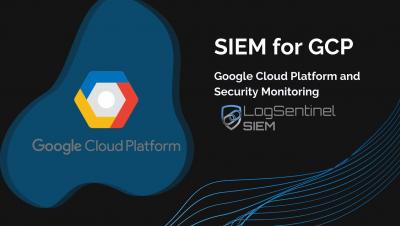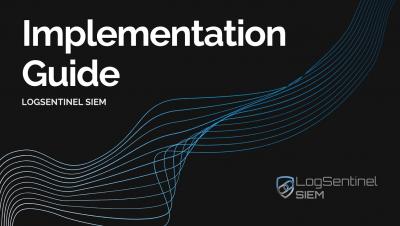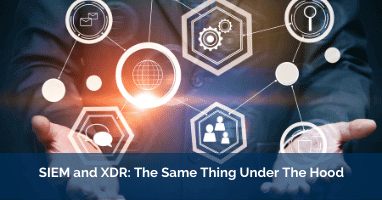Security | Threat Detection | Cyberattacks | DevSecOps | Compliance
LogSentinel
What is a SIEM Software? (SIEM: Benefits and Pitfalls Webinar cuts)
Why is SIEM Important? (SIEM: Benefits and Pitfalls Webinar cuts)
Practical Guide For SIEM And Active Directory
Active Directory is a popular technology used in many organizations to handle their user management, authentication and authorization. The fact that it’s so dominant and so central to the IT infrastructure makes it a key component for security monitoring. It’s also a popular target for malicious actors, as compromising Active Directory accounts gives them access to many resources.
LogSentinel SIEM Implementation Guide
Three Reasons Why CCPA Compliance May Require SIEM
CCPA, the recent legal privacy innovation in the US, has introduced a lot of requirements for online businesses. We have previously covered the principle of accountability in both CCPA and GDPR, and how an audit log of all data-related activities as well as handling user rights’ requests is important for CCPA compliance. But we sometimes get the question “Is your SIEM going to help us with CCPA compliance?” or even “Is SIEM required for CCPA compliance?”.
SIEM and XDR: The Same Thing Under The Hood
XDR (Extended Detection and Response) is a new trend by large security vendors, and too often people find themselves asking “okay, what’s the difference with SIEM?”. According to Gartner, the main difference is that it is natively integrated with products, typically from the same vendor, which helps in providing better detection and response capabilities. But let’s take a look into what this means in practice.
Failed SIEM Projects And How To Avoid Them
You purchase a license (through an RFP process or not), the integrator comes, gathers information about your environment, two weeks later they come to set up the configuration and then you start seeing beautifully ingested logs from all across your environment, allowing you to define meaningful correlation rules. Well, of course, that’s nonsense. It’s never as smooth and straightforward, no matter what the vendor claimed in their datasheet or proposal.
SIEM for Google Cloud Platform
Google Cloud Platform (GCP) is attracting a lot of companies, large and small, with its stability and many built-in services. But aggregated security monitoring has to be done via an external service. However, log aggregation for security purposes is a mandatory requirement of many standards and regulations. Those include GDPR, HIPAA, SOX, PSD2, PCI-DSS, ISO 27001 and many more.


